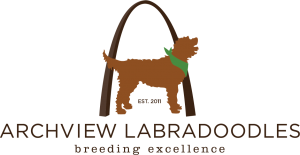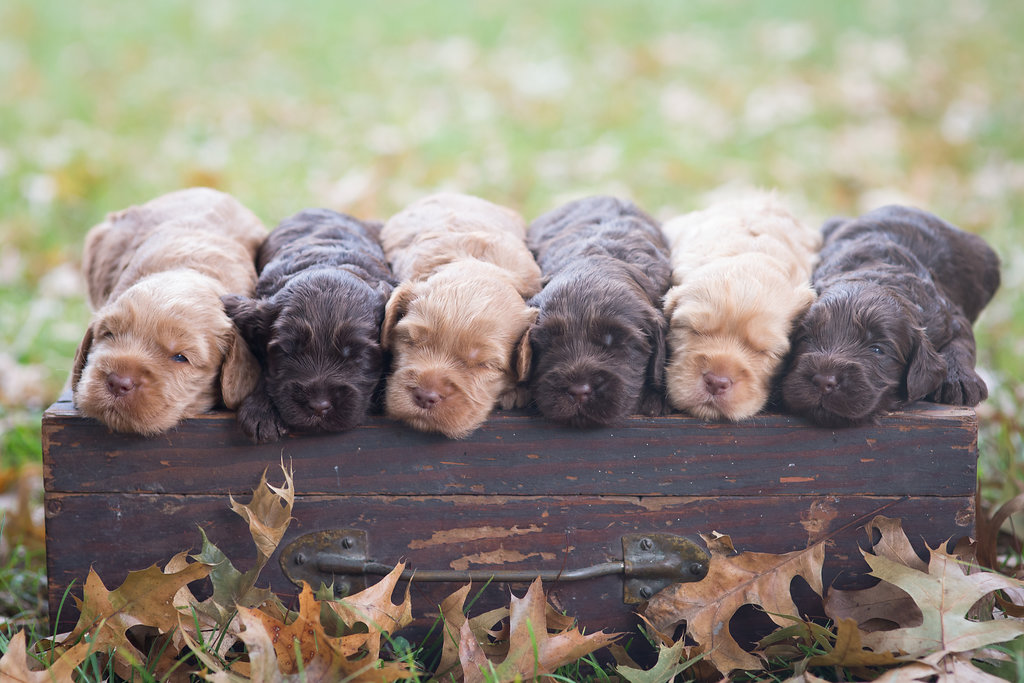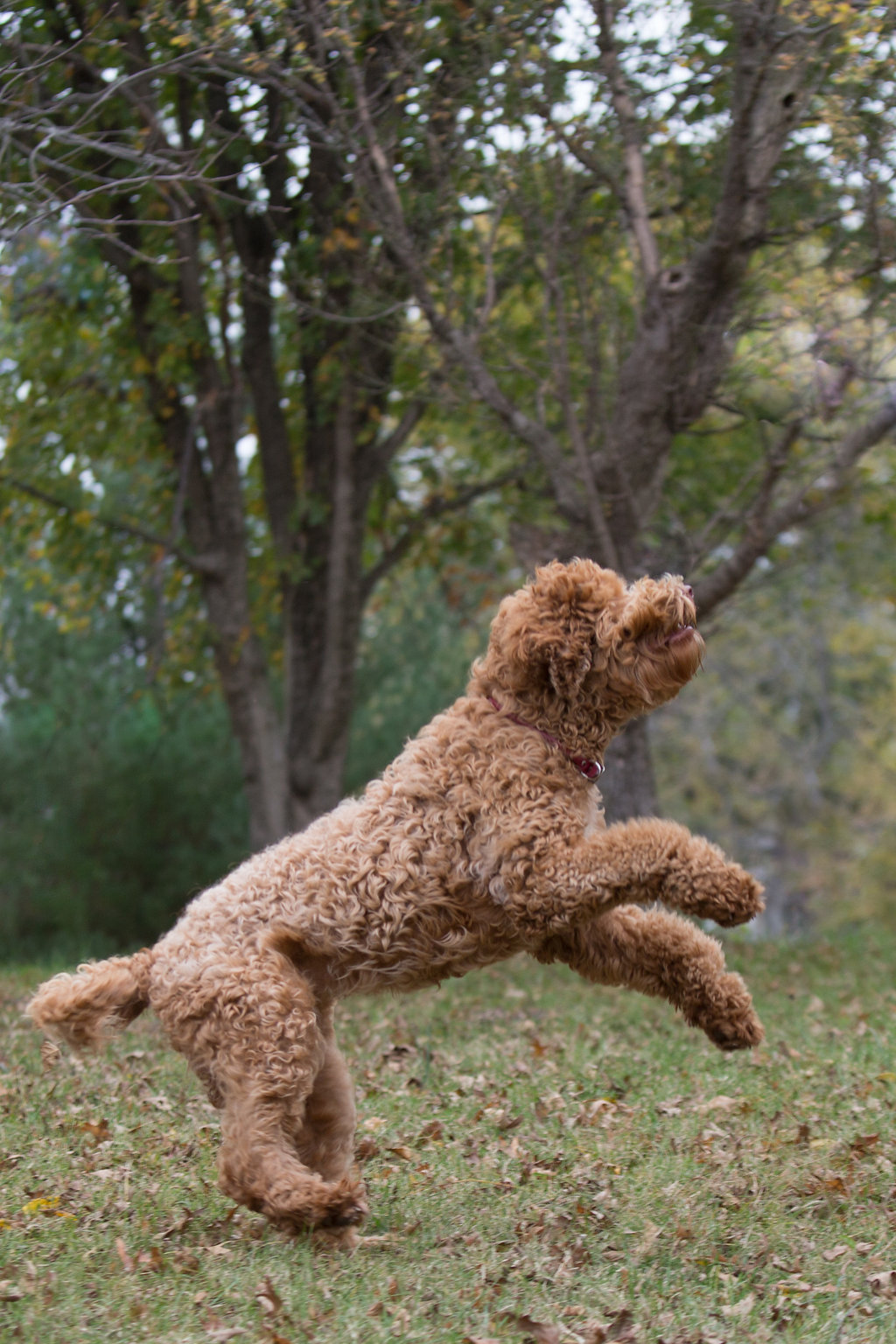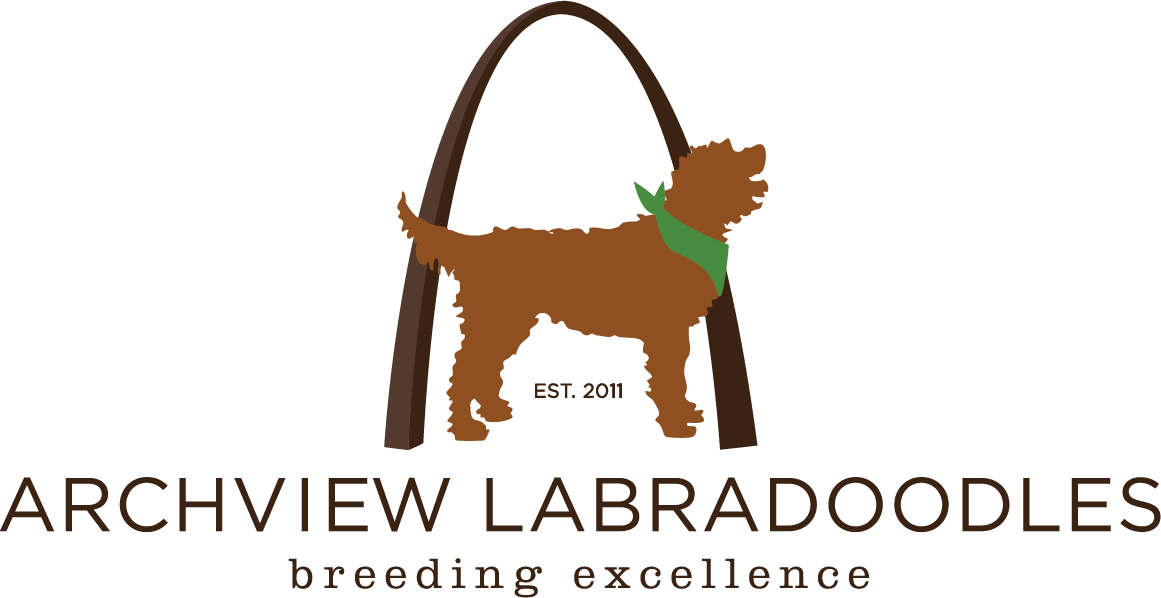
Earlier this week we talked about the different ways your new puppy might try to tell you how they’re feeling. Now that you have a basic understanding of dog body language, it is time to put that to good use. Most dog owners and trainers would agree that most behavioral issues are the result of fear. It is vital that you handle fear in the appropriate way while your puppy is young to boost his or her confidence. In today’s Archview How To, we will walk you through some some tips and tricks to use when greeting a nervous puppy.
Fear Leads to Aggression
In order to understand what is going on in your puppy’s head, you have to put yourself in their state of mind. Let’s say you went to a new doctor. The waiting area was cold with hard metal chairs and the receptionist did not greet you kindly upon check-in. Then the nurse had to stick you three or four times to get a good blood draw. And to wrap it all up, the doctor only spent a few minutes with you even though your visit lasted several hours.
Would you want to go back to that doctor?
Probably not. In fact, most of us would probably be hesitant to return for fear of being poked and prodded excessively again. Any time you think about that doctor, you probably have a sinking feeling in the back of your stomach. It is not a good feeling, is it?
This is how your puppy might feel when you force him into an uncomfortable situation. If we repeatedly give our puppies reason to fear something, they could later lash out in an attempt to protect themselves or out of worry. It is important to take your time when working with your new puppy in order to have a happy, confident dog.

Keep It Simple
If your puppy is afraid of someone or something, remember to keep it simple. Puppies who are afraid might back away from the stimuli that frightens them. Look for round eyes, a tucked tail and yawning when you know your puppy isn’t sleepy. These all are signs of worry.
If your puppy is naturally shy, they will probably be more wary around men, people who are taller than the person they are comfortable with or people wearing hats or jackets. If you notice your puppy is afraid of one of these things, introduce them slowly. Ask the person who frightens your puppy to keep a respectable distance and to toss their favorite treat or toy to them. Do not allow them to loom over your new addition or pick them up abruptly.
Never over expose your puppy to what bothers them in hopes of “flooding” the fear out of them. This will lead to sensory overload in your puppy and will ultimately make the situation worse. If you know your puppy is shy around strangers, don’t take them to a crowded park or shopping area. Take baby steps and watch their confidence rise before exposing them to bigger stimuli.

Step by Step
- Advance towards the puppy slowly and from the side. Dogs cannot see straight in front of them and fast movements in their blind zone will heighten their anxiety.
- Avoid direct eye contact. In the wild, this is seen as a threat from other pack members and will not lead towards a trusting relationship between you and your puppy.
- Treats are your friend! Use treats as a means to gain the puppy’s trust.
- Use your knowledge of body language. If the puppy is asking you to back away, be respectful of their wishes and keep working towards building their confidence before approaching.
- Do not loom over the puppy. Instead, you should crouch to reach the dog’s height level. This will be a lot less intimidating.
- Use your voice in a calm, smooth manner. High pitched “puppy voices” are no good in this scenario. Rather, it will make the puppy even more nervous.
We highly recommend that all of our new families utilize the expertise of a licensed dog trainer, especially if your puppy is a little more on the shy side. Learning these methods in a controlled environment not only makes you a better dog parent, but sets your new addition up for success as they develop!
If you are in need of some further resources for your new puppy, check out our list of suggested products and literature here!







Leave a Reply